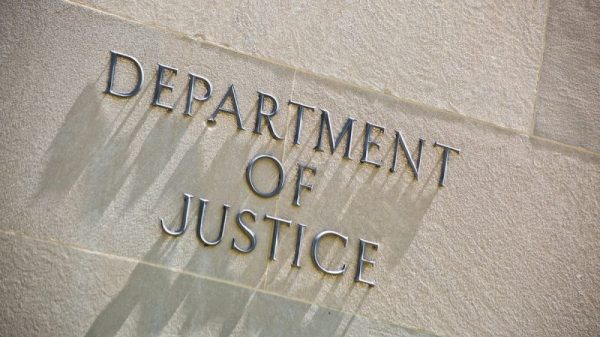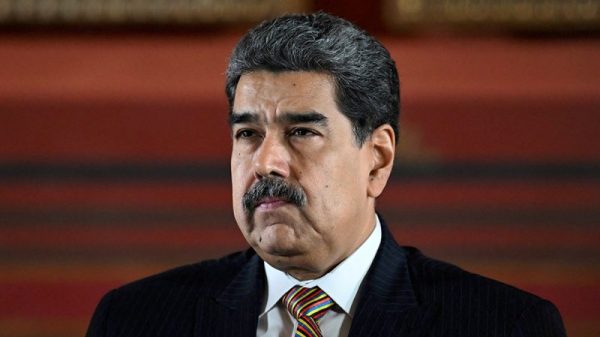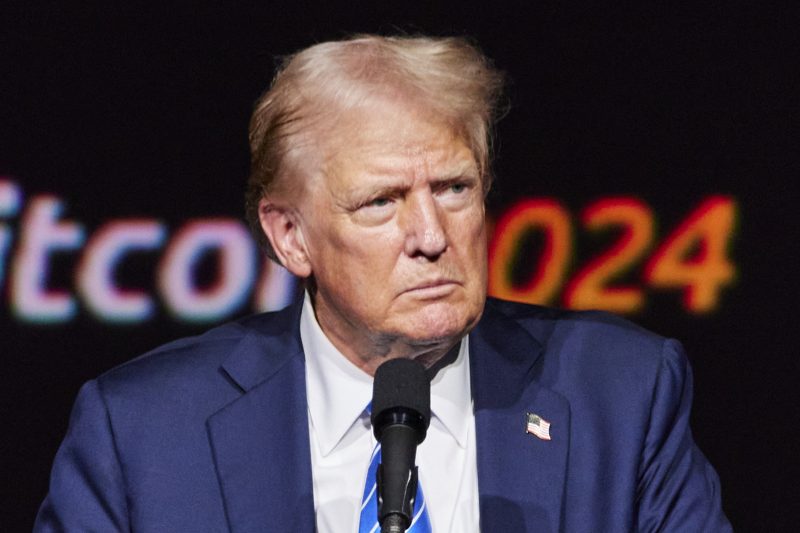In a recent barrage of falsehoods, former President Donald Trump made several misleading statements on the topics of debt, taxes, and the economy. While Trump has a history of exaggeration and hyperbole, fact-checkers have debunked many of his claims that he used to make a case against President Joe Biden’s economic policies.
One of Trump’s main assertions was that he left Biden with a strong economy and low debt. However, the truth is that Trump’s administration saw a significant increase in the national debt, largely due to tax cuts and increased government spending. The Tax Policy Center reported that the Tax Cuts and Jobs Act passed during Trump’s tenure contributed to a substantial increase in the deficit and debt.
Additionally, Trump took aim at Biden’s economic agenda, claiming that it would lead to an increase in taxes for middle-class Americans. Fact-checkers have refuted this claim, pointing out that Biden’s tax plan focuses on increasing taxes for individuals earning more than $400,000 per year, while providing tax relief for middle and lower-income families.
Another misleading statement made by Trump was regarding the impact of his tax cuts on the economy. While Trump touted the Tax Cuts and Jobs Act as a boon for economic growth, studies have shown that the benefits were skewed towards the wealthy and corporations, rather than trickling down to the average American worker.
Furthermore, Trump’s criticism of Biden’s handling of the economy during the COVID-19 pandemic was deemed misleading by experts. Despite Trump’s claims of a booming economy under his leadership, the pandemic caused a significant economic downturn that required swift and aggressive action from the government to prevent further damage.
In conclusion, Trump’s fusillade of falsehoods on debt, taxes, and the economy serves as a reminder of the importance of fact-checking and critical thinking when evaluating political statements. While he may continue to make grandiose claims about his economic record, the data and analysis paint a more nuanced and complex picture of the state of the economy during his presidency.






















